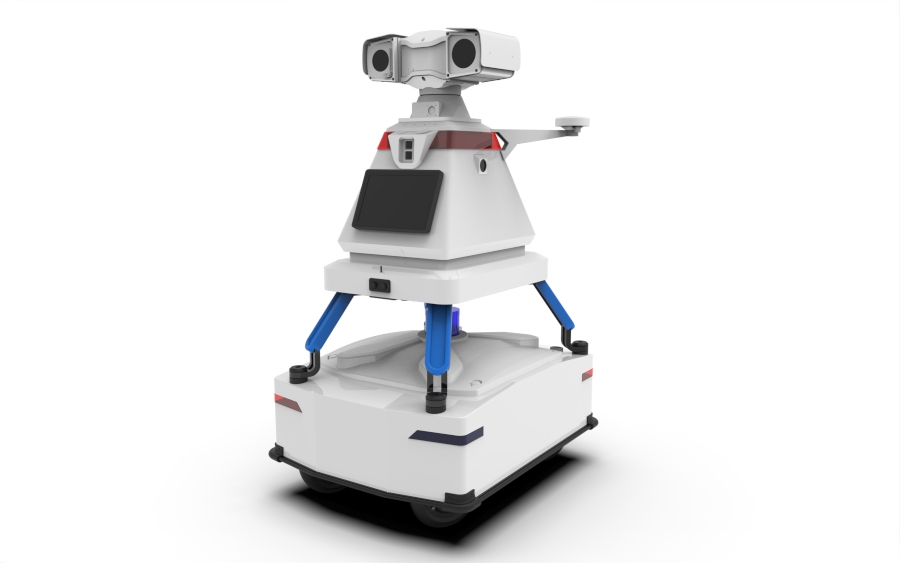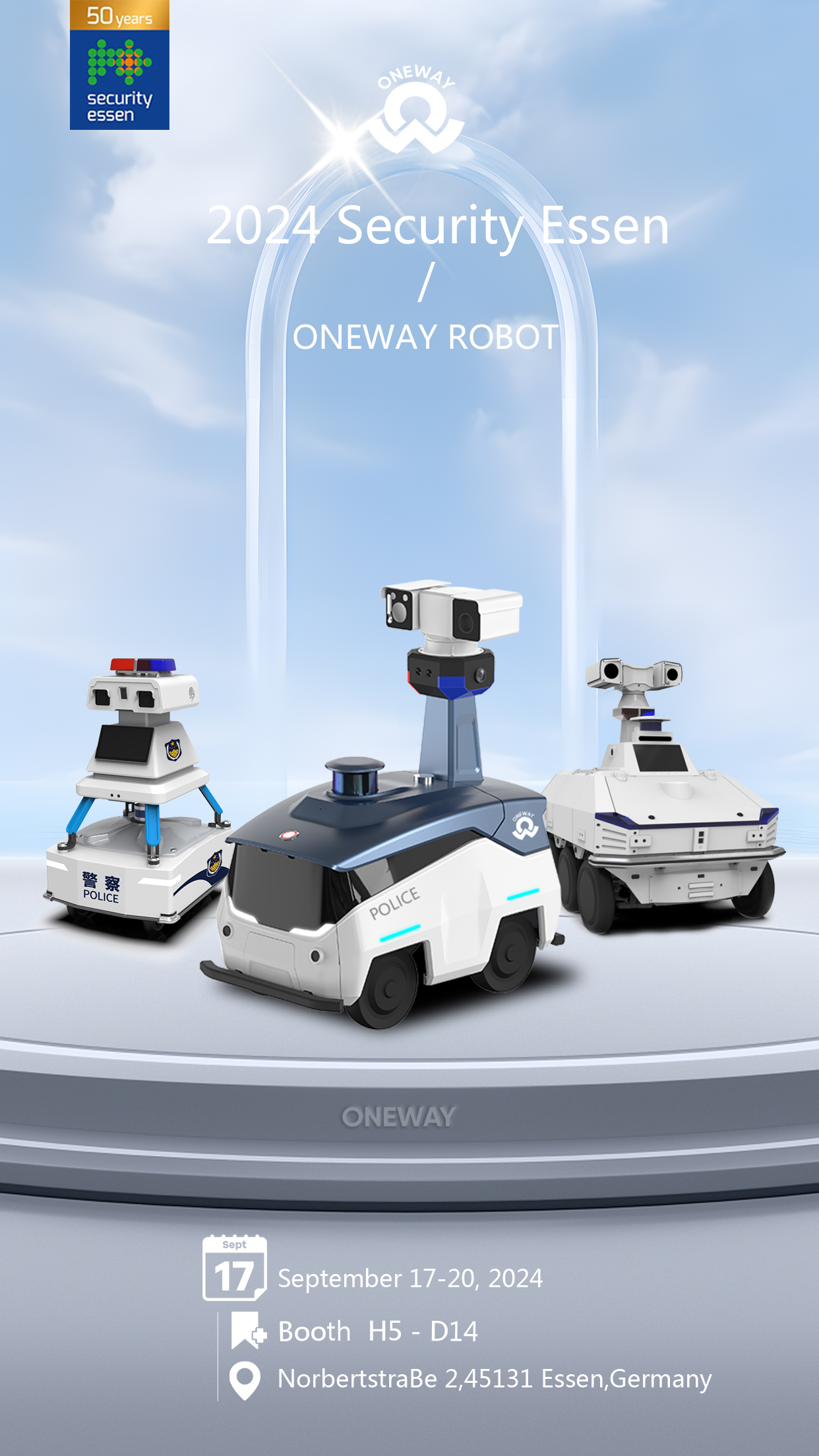In today’s ever-changing security landscape, the integration of technology has become imperative for effective surveillance and patrol. Among the most prominent advancements is the utilization of security patrol robots. These machines not only enhance the efficiency of security operations but also offer innovative solutions to evolving security challenges. In this blog post, we delve into the latest industry trends shaping the realm of security patrol robots.
-
Advancements in Artificial Intelligence: Artificial Intelligence (AI) continues to revolutionize the capabilities of security patrol robots. Through machine learning algorithms, these robots can now adapt to dynamic environments, recognize patterns, and even predict potential security threats. The integration of AI enables robots to make autonomous decisions, enhancing their effectiveness in patrol and surveillance tasks.
-
Enhanced Sensory Systems: The development of advanced sensory systems has significantly augmented the capabilities of security patrol robots. Equipped with high-resolution cameras, infrared sensors, and LiDAR technology, these robots can detect intrusions, monitor activities in low-light conditions, and navigate through complex environments with precision. Furthermore, the integration of thermal imaging technology enables robots to identify heat signatures, facilitating efficient perimeter monitoring even in challenging weather conditions.
-
Integration of Robotics and Drone Technology: The convergence of robotics and drone technology has expanded the scope of security patrol operations. Drone-equipped patrol robots offer aerial surveillance capabilities, providing comprehensive coverage of large areas and inaccessible terrain. Moreover, drones can be deployed for rapid response to security incidents, offering real-time situational awareness to security personnel on the ground.
-
Emphasis on Cybersecurity: As security patrol robots become more interconnected and integrated into existing security systems, ensuring robust cybersecurity measures is paramount. Manufacturers are increasingly focusing on implementing encryption protocols, authentication mechanisms, and secure communication channels to safeguard against cyber threats. Additionally, regular software updates and vulnerability assessments are essential to mitigate potential security risks associated with these autonomous systems.
-
Customization and Scalability: To meet the diverse needs of various industries and environments, security patrol robots are now offered with customizable features and scalable deployment options. Whether it’s patrolling commercial facilities, industrial complexes, or public spaces, these robots can be tailored to suit specific requirements. Furthermore, modular designs enable easy integration of additional functionalities such as environmental monitoring, access control, and emergency response capabilities.
The evolution of security patrol robots represents a significant milestone in the realm of security technology. With continuous advancements in AI, sensory systems, and integration capabilities, these robots are poised to play a pivotal role in enhancing security operations across diverse sectors. As we embrace these innovations, it’s essential to address associated challenges such as cybersecurity and regulatory compliance to maximize the potential benefits of this transformative technology. Through ongoing research, development, and collaboration, the future of security patrol robots holds tremendous promise in creating safer and more secure environments for all.







